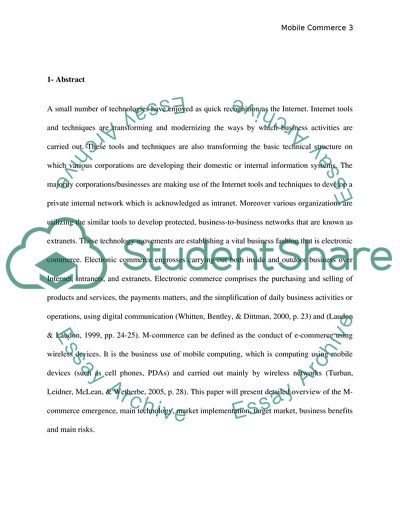Cite this document
(The Problems Regarding the Mobile Commerce Business Solution Research Paper, n.d.)
The Problems Regarding the Mobile Commerce Business Solution Research Paper. Retrieved from https://studentshare.org/technology/1730040-mobile-commerce
The Problems Regarding the Mobile Commerce Business Solution Research Paper. Retrieved from https://studentshare.org/technology/1730040-mobile-commerce
(The Problems Regarding the Mobile Commerce Business Solution Research Paper)
The Problems Regarding the Mobile Commerce Business Solution Research Paper. https://studentshare.org/technology/1730040-mobile-commerce.
The Problems Regarding the Mobile Commerce Business Solution Research Paper. https://studentshare.org/technology/1730040-mobile-commerce.
“The Problems Regarding the Mobile Commerce Business Solution Research Paper”, n.d. https://studentshare.org/technology/1730040-mobile-commerce.


